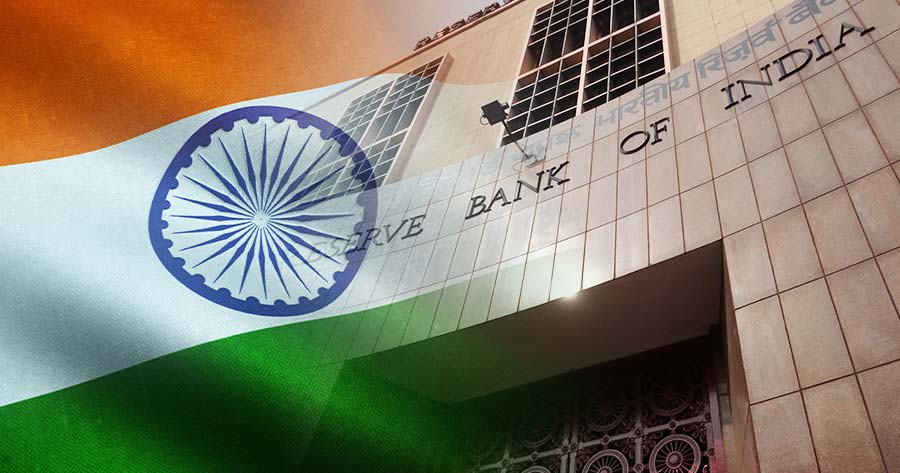The Reserve Bank of India (RBI) opted to keep its policy rate steady at 5.5% on Wednesday, as the nation faces mounting tariff threats from U.S. President Donald Trump. The decision matched economist expectations and followed a sizable 50-basis-point rate cut at the previous meeting in June.
RBI Governor Sanjay Malhotra indicated that after the latest significant easing, there is limited room for further monetary stimulus, prompting a shift to a neutral policy stance. This change means future moves will depend on a close evaluation of economic data and outlook.
Analysts from Bank of America (BofA) see the possibility for another rate reduction in the fourth quarter of 2025, contingent on clearer signs of GDP growth. India’s June inflation dropped to a six-year low of 2.1%, creating room for monetary adjustment if required.
Economic growth in the January-March quarter surpassed forecasts, with GDP expanding 7.4% year-on-year—well above the predicted 6.7%—helping the fiscal year 2024-25 close with a 6.5% increase, consistent with the government’s projections.
Leading up to this development, the central bank’s cautious approach comes as India contends with escalating trade tensions with the U.S., after Trump threatened harsher tariffs in response to India’s ongoing purchases of Russian oil and weaponry.





